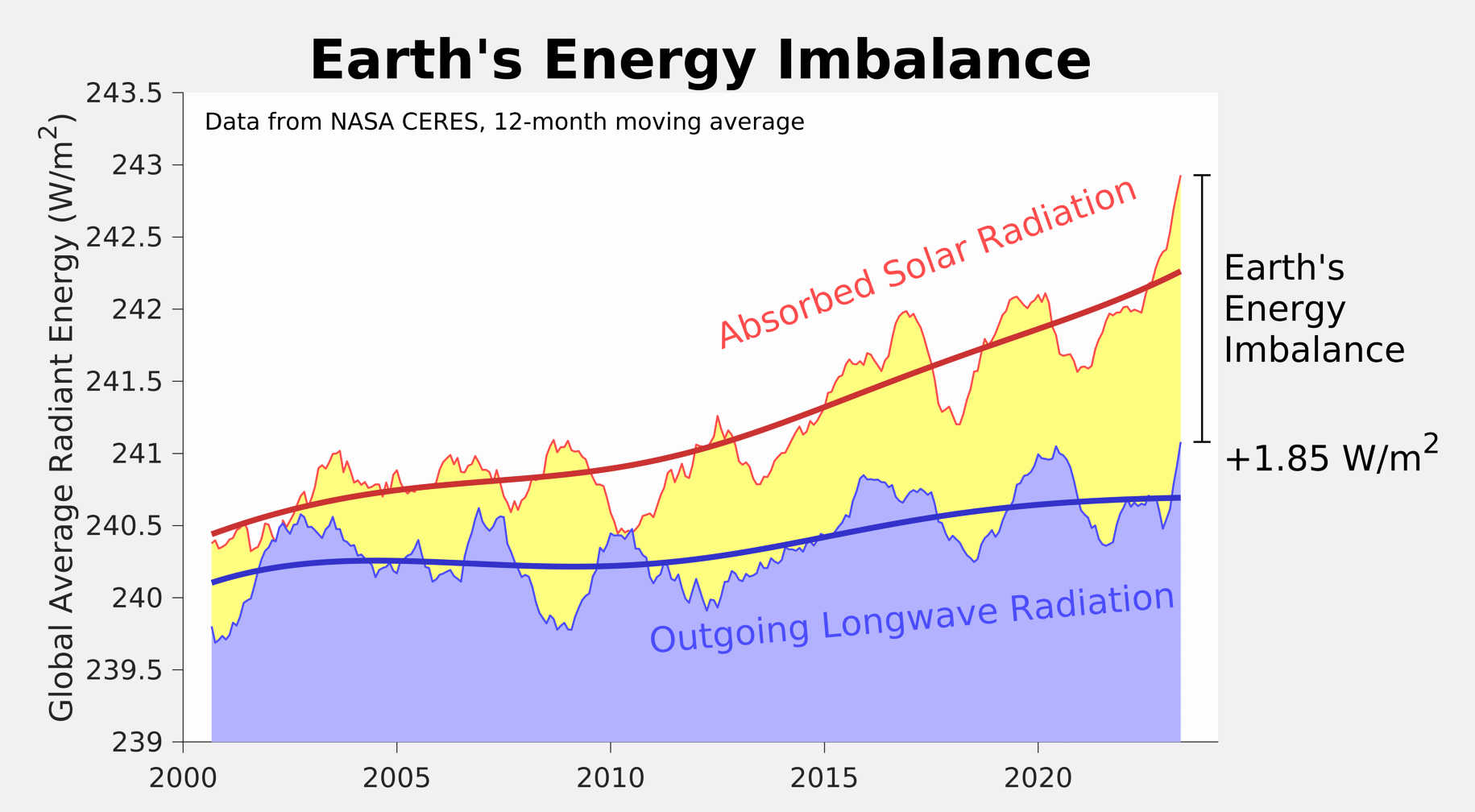What Are The Hottest Recorded Temperatures For Each Continent In 2025?
Climate change researcher promoting global sustainability initiatives.

Climate change researcher promoting global sustainability initiatives.

— in Travel and Nature
— in Climate Change
— in Travel and Nature
— in Climate Change
— in Travel and Nature
As we approach 2025, understanding the extremes of recorded temperatures on each continent has never been more crucial. The world is experiencing unprecedented climate changes, with temperatures rising faster than ever before. The data from the previous years indicate a clear trend: global warming is not just a future concern but a present reality. The World Meteorological Organization (WMO) stresses that the past decade has been the hottest in recorded history, with alarming implications for ecosystems, human health, and weather patterns.
Tracking the hottest recorded temperatures across continents helps us grasp the severity of climate change's impact. By analyzing these extremes, we can better prepare for the ramifications of rising temperatures. This understanding sheds light on how climate change affects local weather patterns, contributes to extreme weather events, and ultimately influences global ecosystems.
In 2025, North America recorded a staggering temperature of 54.4 degrees Celsius (129.9 degrees Fahrenheit) in Death Valley, California. This temperature, while extreme, is not entirely surprising given the historical context of temperature fluctuations in the region.
Death Valley has a notorious reputation for extreme heat, having previously recorded some of the highest temperatures in the world. Over the past few decades, temperatures in this region have shown a rising trend, highlighting the ongoing effects of climate change.
South America faced a record temperature of 46.6 degrees Celsius (115.9 degrees Fahrenheit) in the Gran Chaco region of Argentina in early 2025.
This temperature surpasses previous records for the region, emphasizing a concerning pattern of increasing temperature anomalies. The Gran Chaco region has experienced significant temperature increases over the last few decades, primarily due to deforestation and climate change.
Europe's highest temperature in 2025 reached 48.8 degrees Celsius (119.8 degrees Fahrenheit) in Sicily, Italy.
The Mediterranean region is increasingly susceptible to heatwaves, driven by a combination of climate change and local weather patterns. This spike in temperature aligns with longer-term trends observed in Europe, where heatwaves have become more frequent and intense.
Africa recorded a blistering 51.3 degrees Celsius (124.3 degrees Fahrenheit) in the northern regions of Algeria.
Such extreme temperatures pose significant risks to both human health and biodiversity. In regions like the Sahara, the implications are dire, with rising temperatures exacerbating desertification and threatening local agriculture.
Asia's peak temperature reached 53.5 degrees Celsius (128.3 degrees Fahrenheit) in the Lut Desert, Iran.
Rapid urbanization in many Asian countries has contributed to the urban heat island effect, where cities experience significantly higher temperatures than surrounding areas. This phenomenon exacerbates the impact of heatwaves, particularly in densely populated regions.
Australia recorded a staggering 50.7 degrees Celsius (123.3 degrees Fahrenheit) in the outback regions of the Northern Territory in 2025.
Australia's climate is heavily influenced by climate change, which has led to more frequent and severe heatwaves. The country faces increasing risks of wildfires and droughts, threatening both natural ecosystems and human livelihoods.
In Antarctica, the highest recorded temperature was 18.3 degrees Celsius (64.9 degrees Fahrenheit) at the Esperanza Base.
This temperature, while seemingly mild compared to other continents, indicates a troubling trend for polar regions, which are warming at an alarming rate. These changes threaten the delicate balance of polar ecosystems and contribute to global sea-level rise.
The records set in 2025 reflect a broader historical trend of rising temperatures across all continents. Data from the past several decades indicate that extreme weather events are becoming more frequent and severe.
Climate change plays a pivotal role in these extreme temperature records. Rising greenhouse gas emissions have led to a significant increase in global temperatures, with many regions now experiencing temperatures that were once considered unthinkable.
While the records for 2025 are alarming, they are part of a broader pattern of variability in temperature extremes influenced by local climate conditions and global trends. Understanding these variances is crucial for developing effective climate strategies.
The science behind climate change indicates that human activity, particularly the burning of fossil fuels, is the primary driver of rising global temperatures. This has led to a cascade of environmental impacts, including more frequent heatwaves and extreme weather events.
As of 2024, greenhouse gas emissions continue to rise, contributing to the overall warming trend. The WMO reports that CO2 concentrations reached unprecedented levels, underscoring the urgent need for global action.
Long-term projections suggest that if current trends continue, we could see global temperatures rise by as much as 3°C by the end of the century. This would have catastrophic impacts on ecosystems and human societies globally.
Tracking temperature changes is vital for informing policy decisions and climate action initiatives. By understanding the implications of these extremes, we can better prepare for the challenges posed by climate change.

For further reading, explore the 2024 Global Climate Report for comprehensive insights into temperature records and climate change dynamics.